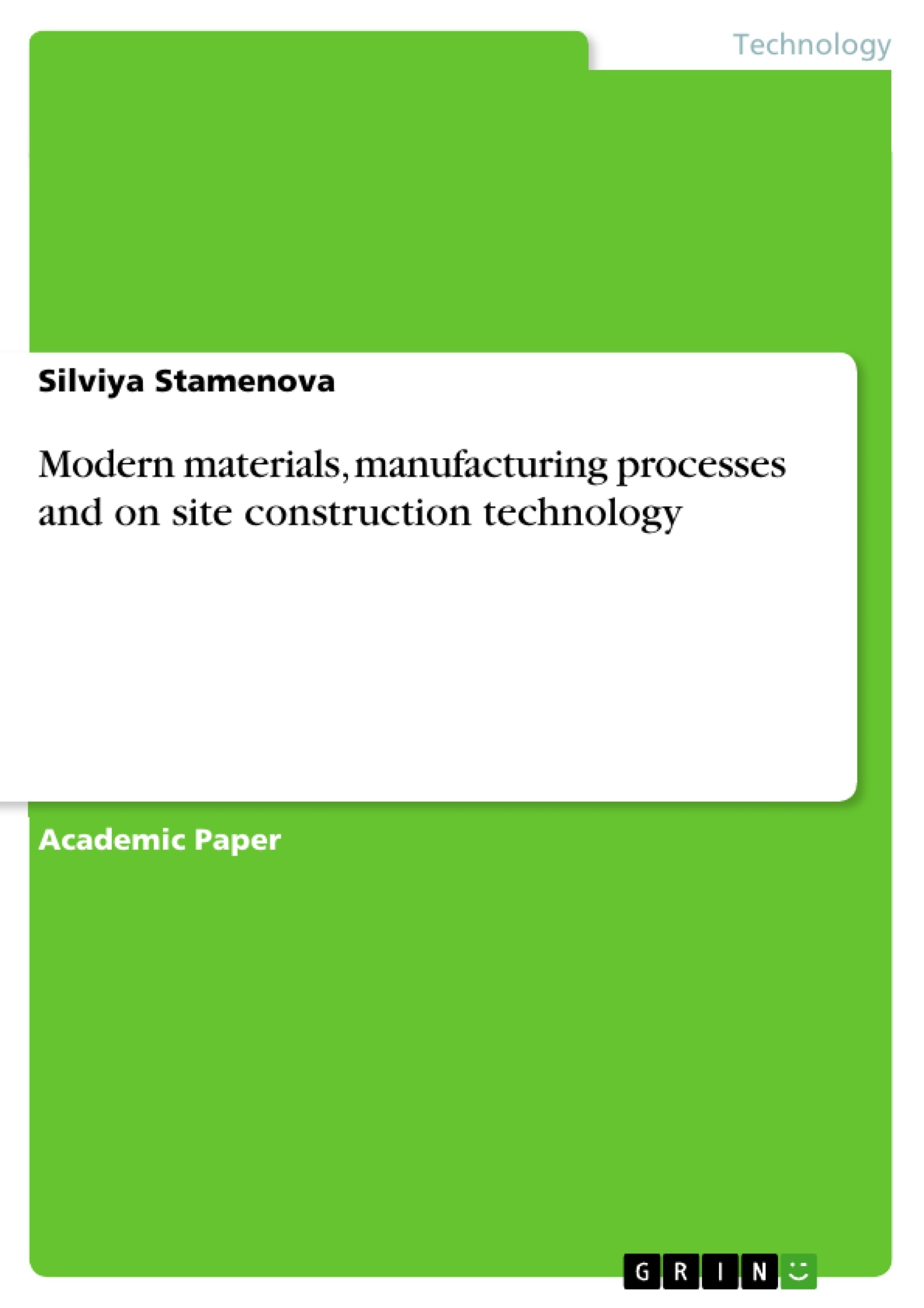Modern materials are those materials that have less impact on the environment in their extraction, processing, use, recycling, and disposal. In addition, they must not be harmful to our health and should contribute to a better climate on the premises. Overall the environmental impact of materials depends on many factors and they may differ in different places around the world.
In their essence, the modern materials and manufacturing processes are found in many places worldwide and are used for the construction of various structures. In view of the popular environmental movement and the idea of an environmentally friendly lifestyle, more and more entrepreneurs decide to use modern materials in the construction of their buildings (Berge, 2008).
It is precisely for this reason that the actuality of this research is unmistakable, and its purpose and aims are the following:
A literature review of the most commonly used modern materials;
Ways of constructing a modern building out of modern materials;
Recommendations and conclusions for their better usage;
The research is built upon two main chapters. Chapter one introduces the modern materials and outlines the researcher’s motivation to carry out this particular study and the significance of the research. It poses several questions and concluding by outlining the aims of the research and providing an overview of the organization of the research. Chapter two uses a number of sources as evidence, as well as deep understanding of the different perspectives of the on-site construction.
Inhaltsverzeichnis (Table of Contents)
- CHAPTER ONE. MODERN MATERIALS IN THE CONSTRUCTION TECHNOLOGY
- 1.1. Wooden material
- 1.2 Isolation
- 1.3 Mineral wool isolation
- 1.4 Cellulose insulation
- 1.5 Sheep wool
- 1.6 Isolation from hemp and flax
- 1.7 Wood particle insulation panels
- 1.8 Perlite isolation
- 1.9 Straw
- CHAPTER TWO. WAYS OF CONSTRUCTION OF BUILDINGS OUT OF MODERN MATERIALS
Zielsetzung und Themenschwerpunkte (Objectives and Key Themes)
This research aims to explore the use of modern materials in construction, focusing on their environmental impact and potential for creating sustainable buildings. It analyzes the most commonly used modern materials, outlines ways of constructing modern buildings with them, and provides recommendations for their efficient usage.
- Environmental Impact of Modern Materials
- Sustainable Building Practices
- Alternatives to Conventional Construction Materials
- The Role of Modern Materials in a Greener Construction Industry
- Construction Technology and Modern Materials
Zusammenfassung der Kapitel (Chapter Summaries)
Chapter One delves into the realm of modern materials used in construction, focusing on their sustainability and environmental impact. This chapter discusses various materials like wood, mineral wool, cellulose, and sheep wool, analyzing their benefits, drawbacks, and their potential role in a greener construction industry. It explores the environmental considerations associated with each material, including the energy required for their production, their impact on human health, and their recyclability.
Schlüsselwörter (Keywords)
Modern Materials, Construction Technology, Sustainable Building, Environmental Impact, Renewable Resources, Recycling, Insulation, Wood, Mineral Wool, Cellulose, Sheep Wool, Green Construction.
- Citation du texte
- Silviya Stamenova (Auteur), 2018, Modern materials, manufacturing processes and on site construction technology, Munich, GRIN Verlag, https://www.grin.com/document/441170



